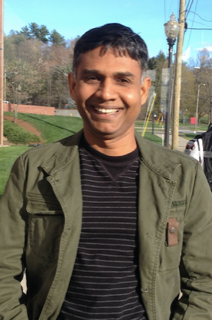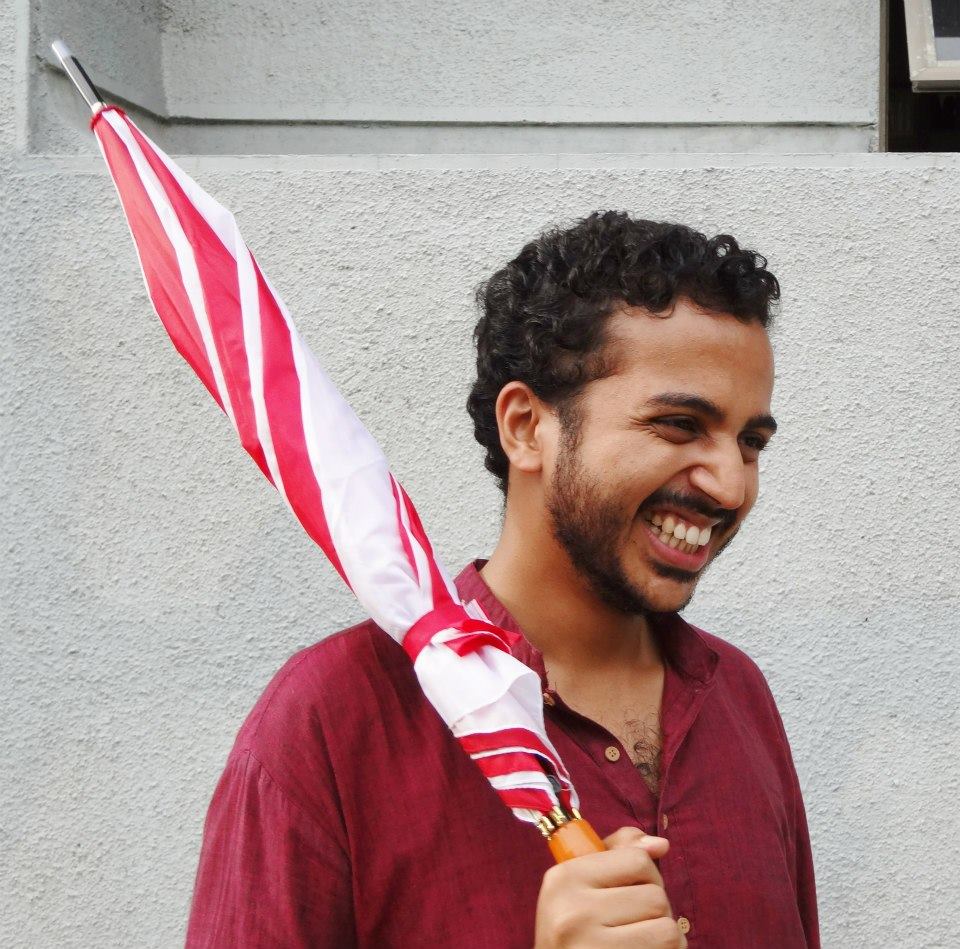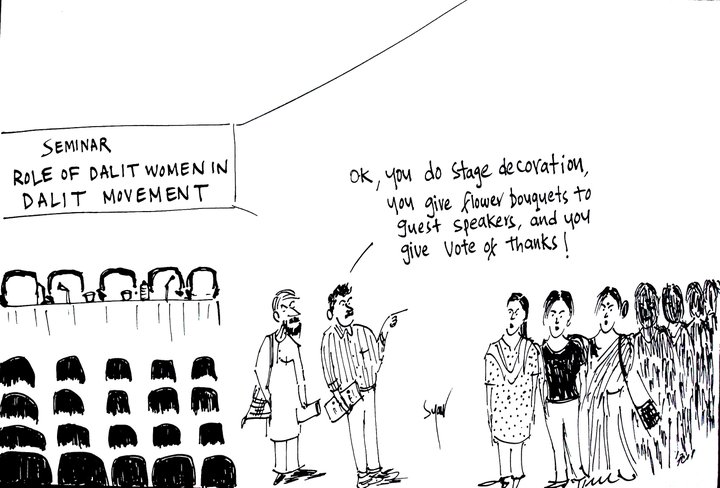Bharat Rathod

After Rohith Vemula’s Institutional murder in 2016, public protest and media discussion had created a political pressure on the Government of India to take institutional measures to prevent such type of incidents. Therefore, as a reactionary measure, the Ministry of Human Resource Development (MHRD) had announced that a new policy will be prepared to tackle issues of discrimination against students from disadvantaged sections of society. Three years after the announcement, there is no progress in the formation of a new policy or public discourse on the same. It indicates that the current government is not serious to eliminate caste-based discrimination from Indian higher education. In the last decade alone, several incidents of discrimination against the oppressed caste students have been reported. It has also been stated in academic studies that caste-based discrimination is pervasive in Indian higher education, specifically, in elite institutions. This scenario raises a critical question – why is there no institutional response to curb caste-based discrimination in Indian higher education?
It is a well-known fact that higher education has been dominated by the higher castes in the country. However, in the last two decades, due to the reservation (affirmative action) policies and the gradually increasing education levels in the historically oppressed castes are now challenging the hegemony of the higher castes. Increasing enrollment of the oppressed caste students has considerably changed student demographics of higher education institutions. Nonetheless, faculty demographics and leadership of these institutions have been dominated by the higher castes. This phenomenon has created a social tension between the oppressed caste (SC/ST/OBC) students and the higher caste faculty and leadership. Elite higher education institutions have been denying caste-based discrimination; moreover, they have defamed the oppressed caste students as “uneducable” or “non-meritocratic”. It is high time to accept that discrimination against the oppressed caste students is a reality in higher education and it is institutionalized.
To deal with the status quo, institutional measures are inevitable either we accept today that caste-based discrimination in higher education is pervasive or continue to treat as an isolated incident and allow institutional murder of Dalit students. Thus, institutional frameworks are essential to stop caste-based discrimination and support the oppressed caste students. For example, higher education institutions in the United States (US) are pioneers in innovative initiatives and research to address the issues of diversity, discrimination, and support for marginalized student groups. As a result, diversity discourse has become a stone of American democracy, and it has been comprehensively interpreted, studied and adapted in higher education. In the American higher education institutions, diversity is not reduced to bring diverse student groups (compositional diversity) on the campuses, but diversity is conceived and practiced as ‘institutional commitment’. For instance, one of the most prevalent frameworks is commonly known as “Equity, Diversity and Inclusion” (EDI) initiatives/programs. Higher education institutions in the US have taken a range of proactive measures and policy initiatives to prevent various kinds of discrimination, promote inclusiveness through sensitization programs and awareness-raising events. Though, the EDI framework is not a panacea for all the concerns of students of colour and staff members. Despite the EDI framework, the students of colour and vulnerable groups are facing issues; therefore, diversity is embraced as a means to end, not an end in and of itself.
In 2011, the federal government of the US has taken a lead and issued an Executive Order 13583 to foster equity, diversity, and inclusion in public institutions. The order is explicit about eliminating all forms of discrimination, fostering institutional diversity, enhancing the representation of underrepresented groups, awareness programs and accountability to implement the order. On similar lines, a range of studies and projects have established that diversity in higher education is an institutional imperative to improve the academic learning environment and the campus climate and provide citizenship training for democratic pluralism. Currently, EDI initiatives and programs are an integral part of public and private higher education institutions in the US. Specifically, these initiatives and programs are great support for the students of colour and staff members. Further, it focuses on raising institutional awareness regarding issues of discrimination, prejudice, inclusive pedagogy, social justice, and campus climate concerns. The most significant first step is to be acknowledging the reality; the US higher education admitted that students of colour face implicit and explicit racism, whereas still Indian higher education and its leadership deny the pervasiveness of caste-based discrimination across the institutions. Unless and until MHRD accepts the reality, the status quo will be maintained, more oppressed caste students and specifically Dalit students will be institutionally murdered.
~~~
Bharat Rathod is a doctoral candidate in the International Education program at the University of Massachusetts, Amherst.










